Introduction: In the world of refrigerants, the debate between 134a and 1234yf has been heating up. Both are commonly used in various cooling applications, but they have distinct characteristics that make each suitable for different scenarios. In this blog, we'll delve into the pros and cons of 134a and 1234yf refrigerants to help you understand their differences and make informed decisions for your cooling needs.
Pros and Cons of 134a Refrigerant:
Pros:
-
Established Technology: 134a refrigerant has been widely used for decades, making it a well-established and trusted option in the industry.
-
Efficient Cooling Performance: It offers efficient cooling performance across a wide range of operating conditions, making it suitable for various applications.
-
Non-Toxic and Non-Flammable: 134a is non-toxic and non-flammable, enhancing safety in automotive air conditioning and other systems.
Cons:
-
High Global Warming Potential (GWP): One of the major drawbacks of 134a is its high GWP, contributing to climate change when released into the atmosphere.
-
Environmental Concerns: Regulatory measures are being implemented to phase out or restrict the use of 134a due to its environmental impact, particularly in regions with stringent regulations.
-
Transition Challenges: Switching from 134a to alternative refrigerants may require equipment retrofitting or replacement, posing challenges for industries and businesses.
Pros and Cons of 1234yf Refrigerant:
Pros:
-
Lower Global Warming Potential (GWP): 1234yf refrigerant has a significantly lower GWP compared to 134a, making it a more environmentally friendly option.
-
Regulatory Compliance: Many regions mandate the use of 1234yf in automotive air conditioning systems to comply with environmental regulations and reduce greenhouse gas emissions.
-
Similar Thermodynamic Properties: 1234yf offers similar thermodynamic properties to 134a, providing efficient cooling performance while addressing environmental concerns.
Cons:
-
Cost: 1234yf refrigerant may be more expensive compared to 134a, potentially increasing initial investment costs for equipment and maintenance.
-
Limited Availability: The widespread adoption of 1234yf is still in progress, leading to potential challenges in availability and supply chain logistics.
-
Compatibility Issues: Some older equipment may not be compatible with 1234yf, requiring modifications or upgrades for compatibility, which can be costly and time-consuming.
Conclusion: In the debate between 134a and 1234yf refrigerants, each has its own set of pros and cons. While 134a offers established technology and efficient cooling performance, its high GWP and environmental concerns have led to increased interest in alternatives like 1234yf. 1234yf, with its lower GWP and regulatory compliance, presents a more environmentally friendly option, albeit with potential challenges related to cost and compatibility. Ultimately, the choice between 134a and 1234yf depends on factors such as environmental considerations, regulatory requirements, cost constraints, and equipment compatibility, among others.
To purchase R134a in single or bulk follow this link



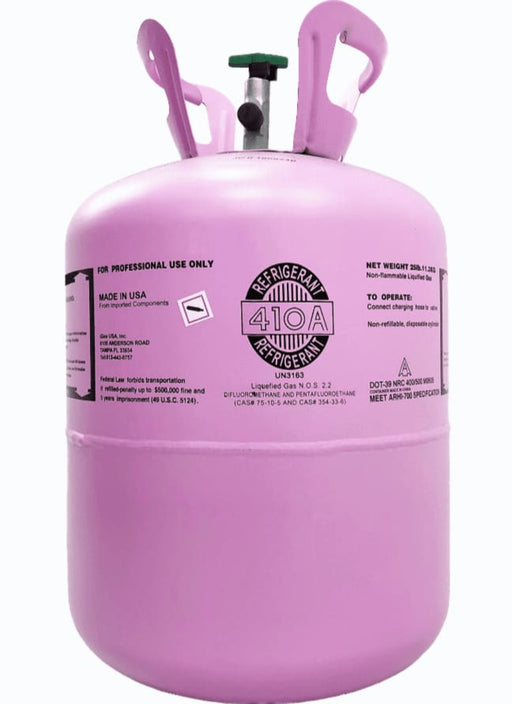
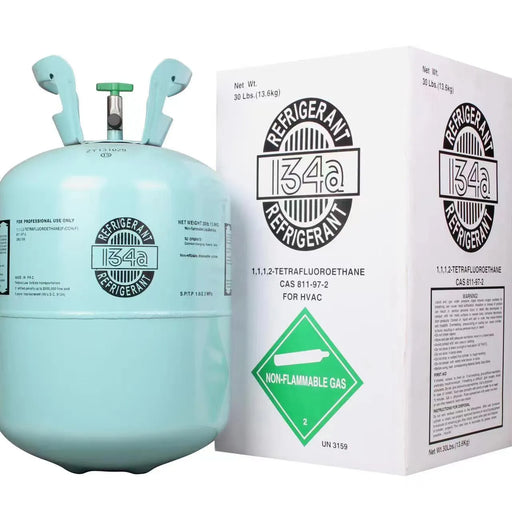

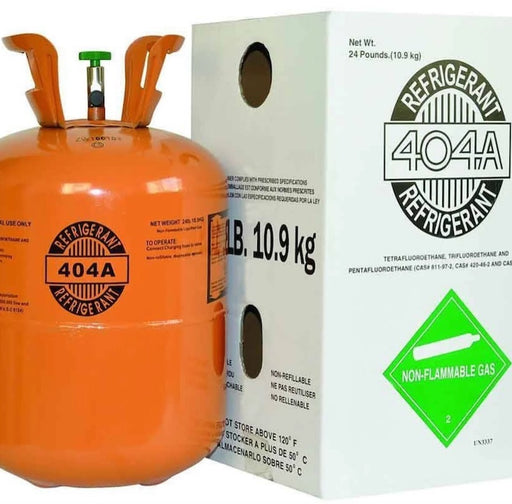
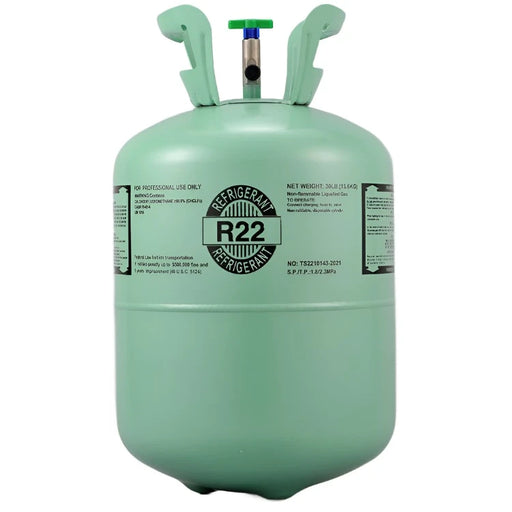
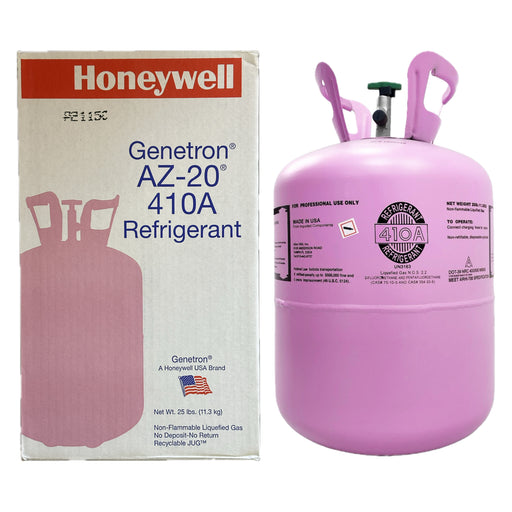
Leave a comment